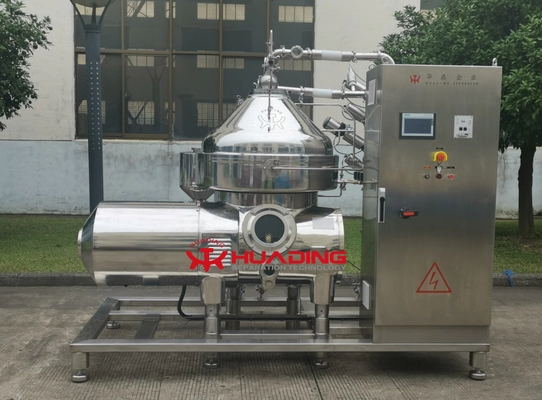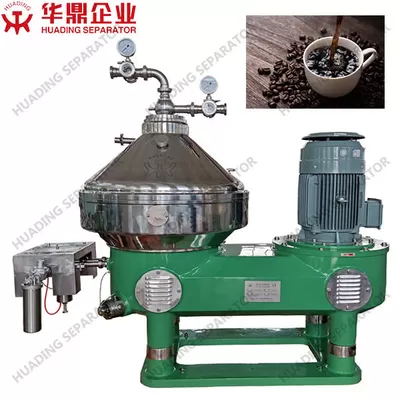A disc stack centrifuge is a high-speed separation device designed to handle mixtures of liquids and solids. Its unique structure, featuring a series of conical discs, allows it to separate components based on density differences. In wastewater treatment, disc stack centrifuges play a vital role in improving efficiency and performance. This article explores how this technology enhances wastewater treatment processes.
Efficient Solid-Liquid Separation
Disc stack centrifuges are highly effective in separating solids from liquids. Wastewater often contains suspended particles, sludge, and contaminants. These solids need to be removed to ensure water quality. The centrifuge applies high centrifugal forces, driving heavier particles toward the bowl's outer edge. Lighter liquids move inward. This process ensures rapid and precise separation, even for fine particles. Compared to traditional methods like sedimentation tanks, the disc stack centrifuge operates much faster and with greater accuracy.
Space-Saving Design
The compact design of a disc stack centrifuge makes it suitable for facilities with limited space. Conventional treatment systems like clarifiers and sedimentation tanks require large areas. A disc stack centrifuge, on the other hand, performs the same function in a much smaller footprint. This space-saving advantage is particularly valuable in urban or industrial settings.
Reduced Energy Consumption
Disc stack centrifuges are energy-efficient compared to some alternative methods. The rapid separation process minimizes the time required to treat wastewater. This reduction in processing time translates to lower energy use. Additionally, many modern disc stack centrifuges include energy-saving features, such as optimized bowl designs and automated controls.
High Throughput and Scalability
A disc stack centrifuge can handle large volumes of wastewater with ease. Its high throughput capability makes it ideal for industrial wastewater treatment. The centrifuge can be scaled to meet specific processing needs. For example, industries like food processing, chemical production, and oil refining generate high volumes of wastewater. Disc stack centrifuges are highly effective in handling these demanding applications.
Removal of Fine Solids and Oil
One of the key strengths of a disc stack centrifuge is its ability to remove fine particles and oil. Traditional systems often struggle with fine solids that remain suspended in wastewater. Disc stack centrifuges excel in capturing these particles. The technology also efficiently separates oil and grease from water. This feature is particularly useful in industries that produce oily wastewater, such as petroleum and metalworking.
Low Maintenance and Operating Costs
Disc stack centrifuges are designed for durability and reliability. Maintenance requirements are minimal compared to other systems. Automated cleaning features, such as self-cleaning bowls, reduce downtime. Over time, the lower maintenance needs and energy savings contribute to reduced operating costs.
Conclusion
A disc stack centrifuge enhances wastewater treatment efficiency by offering fast and precise separation, compact design, and energy savings. Its ability to handle high volumes and remove fine particles makes it invaluable for industrial applications. With low maintenance and high performance, disc stack centrifuges are a cost-effective solution for modern wastewater treatment challenges. If you have any questions about our product, please feel free to contact us.


